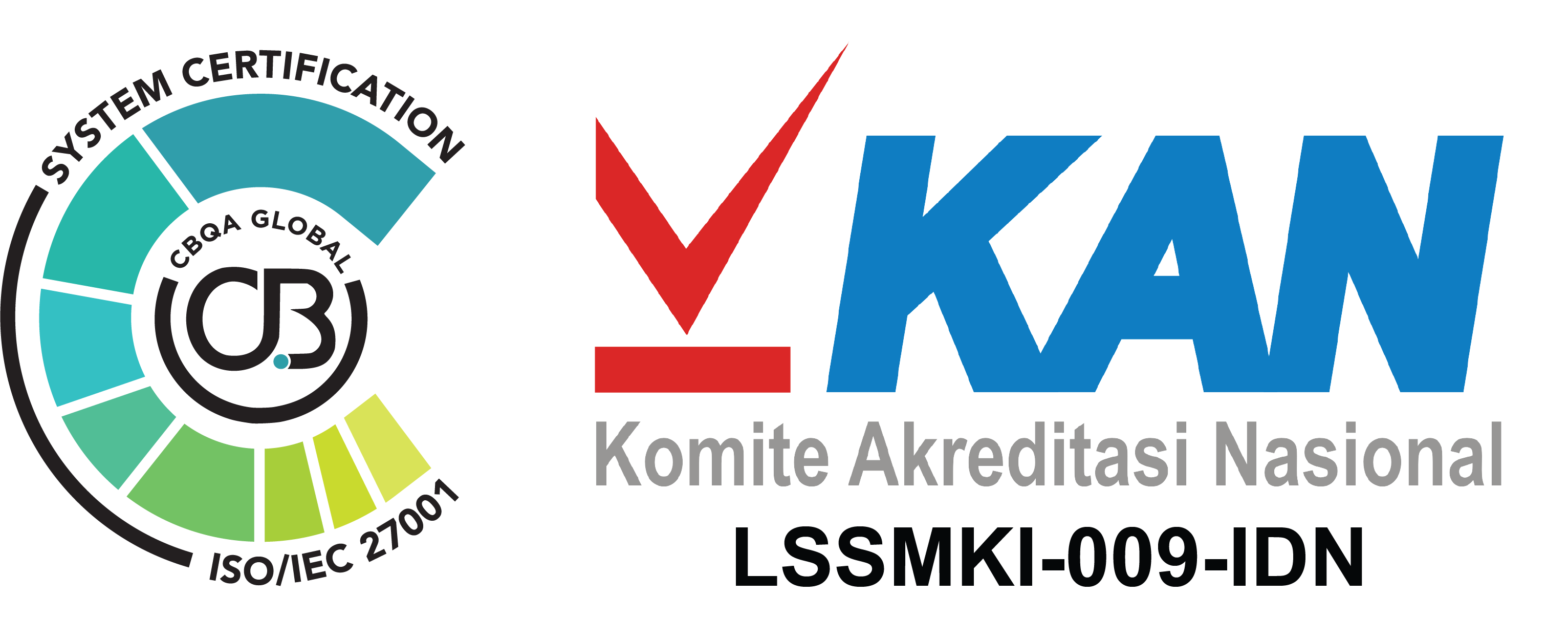Summary:
Last Week Review
THE US CENTRAL BANK HAS BEEN GETTING ECONOMIC INDICATOR INPUTS FROM EMPLOYMENT DATA REGARDING THE DIRECTION OF THEIR MONETARY POLICY GOING FORWARD. Last week’s US labor data has more or less given the Federal Reserve a clue in ending its vacillation on whether they can start to factor in interest rate cuts this year. JOLTs JOB OPENINGS (Apr) and ADP NONFARM EMPLOYMENT CHANGE (May) did come in lower than expected, plus the weekly INITIAL JOBLESS CLAIMS turned out to show jobless claims came in higher than expected. These three things have shown the weakness in the labor sector that Fed Chairman Jerome Powell and other Fed officials want to see as a requirement for policymakers to be comfortable with the thought of cutting interest rates this year. But last Friday’s NONFARM PAYROLLS came as a complete surprise, when they came in stronger than expected, coupled with May’s Average Hourly Wage growth doubling.
Although the UNEMPLOYMENT RATE (May) rose 0.1% to 4.0%, the combined sentiment of the US employment data proved to dampen the chances of a September rate cut to below 50% (46.6%) as of last Friday June 8, from 55.1% the previous day, as surveyed by Investing.com’s Fed Rate Monitor Tool. As is known, the Fed’s hawkish narrative still tends to be thicker, even amidst the actions of other central banks that were more courageous in implementing interest rate cuts last week, such as the EUROPEAN CENTRAL BANK which brought down their benchmark interest rate by 25 bps to 4.25%, accompanied by the central banks of Canada, Denmark, Sweden, & Swiss National Bank. Whether their actions can motivate the Federal Reserve to realize a pivot this year, is entirely dependent on the independence of Chairman Jerome Powell et al in assessing the strength of the US economy. The same week also saw the release of US PMI figures where strength in the increasingly expansionary services sector provided support to the still contraction-prone manufacturing sector. As a result for last week, the S&P 500 gained 1.32%, the Nasdaq jumped 2.38%, and the DJIA rose 0.29%.
Speaking of PMIs, the rest of the world also reported their report cards in the manufacturing and services sectors. The limping Manufacturing PMI was still evident in the EUROPEAN continent, as GERMANY & EUROZONE were still shackled in contraction territory, while the UK tried to be more firmly in expansion territory. Germany as the number 1 economy in Europe released 1Q GDP at 0.4% yoy as expected, which was double from 0.2% in the previous period, and 0.3% quarterly (also as expected), and higher than the flat growth in the previous quarter. Also encouraging news came from CHINA where their Manufacturing & Services PMI (May) showed signs of expansion. China also reported significant Export growth in May when it managed to grow 7.6%, higher than the expected 6.0% and even the highest in the last 12 months after accelerating from 1.5% in the previous month. On the other hand, Import growth which stunted to 1.8% yoy, much lower than the 4.2% predicted and the previous month’s 8.4% still leaves concerns as to whether or not business movements in the country are actually able to recover.
COMMODITIES: OIL PRICES recorded weakness for the third consecutive week as traders evaluated OPEC+’s decision to reduce voluntary production cuts gradually starting October, amid the release of US labor data which turned out to further dampen expectations of an interest rate cut by the Fed in the near future. Moreover, the US DOLLAR strengthened 0.8% to a more than week high shortly after the release of the employment report, further dampening the buying interest of non-US crude-oil buying countries. As such, over the past week benchmark BRENT crude oil prices plunged 2.5% and US WTI dropped 1.9%.
This Week’s Ooutlook
FOMC MEETING June 13: This week, markets will focus on the Federal Reserve’s decision on the signs of interest rate cuts for the rest of 2024. Although consensus suggests no change in interest rates at the June 13 FOMC Meeting, attention will be on indications of 2 25 basis point cuts this year, down from the previous projection of 3. Improved employment and wage growth in May has dampened expectations of an aggressive rate cut, with the market now anticipating the first possible cut in September.
May’s US INFLATION DATA, which will be released prior to the Fed’s statement, is sure to heavily influence market sentiment in terms of whether it can strengthen (or weaken) rate cut expectations. On the contrary, even a significant drop in inflation could reignite fears of the US falling into recession, potentially triggering market volatility ahead of Fed Chairman Jerome Powell’s press conference.
Global market participants will also be closely watching the upcoming UK EMPLOYMENT REPORT to gauge wage pressures and a possible BANK OF ENGLAND rate cut. Economists had recently expected a rate cut in June, but persistent inflationary pressures have pushed expectations to November. In addition, April’s UK GDP data is expected to reflect weakening growth after a strong first quarter expansion of 0.6%.
BANK OF JAPAN (BOJ) Governor Kazuo Ueda is likely to hint at reducing decades of stimulus when the BOJ concludes its two-day meeting on Friday. He has said to reduce massive bond purchases and emphasized that policymakers will be cautious in raising interest rates after the first hike since March 2007. JAPAN’S GDP figures due on Monday morning will certainly be a valuable input in determining BOJ policy going forward. In neighboring CHINA following Wednesday’s CPI (May) announcement, their deflation-prone Inflation rate (at least still visible in the PPI sector), was able to strengthen to 0.4% yoy, from 0.3% in the previous period.
INDONESIA, which is still struggling amidst the onslaught of Foreign Net Sell of IDR 1.5 trillion last week (adding to the IDR 7.68 trillion YTD foreign net sell); will release Consumer Confidence & Retail Sales data this week.
Download full report HERE.

